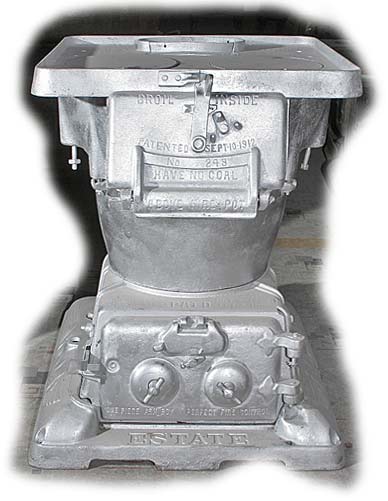| It is currently Sun May 12, 2024 10:50 am |
|
All times are UTC - 5 hours [ DST ] |
Caboose stove mounting rods
Moderators: Rick Rowlands, tomgears, Randy Hees
 
|
Page 1 of 1 |
[ 11 posts ] |
|
| Author | Message | |||
|---|---|---|---|---|
| RCD |
|
|||
Joined: Fri Oct 24, 2008 9:05 pm Posts: 1054 Location: MA |
|
|||
| RCD |
|
|||
Joined: Fri Oct 24, 2008 9:05 pm Posts: 1054 Location: MA |
|
|||
| David Johnston |
|
||
|
Joined: Wed Oct 13, 2004 12:56 am Posts: 482 Location: Northern California |
|
||
| SanDogDewey |
|
||
|
Joined: Mon Apr 15, 2019 10:36 pm Posts: 50 Location: Seaside, OR |
|
||
| David Johnston |
|
||
|
Joined: Wed Oct 13, 2004 12:56 am Posts: 482 Location: Northern California |
|
||
| tdmidget |
|
||
|
Joined: Mon Oct 05, 2020 11:38 pm Posts: 41 |
|
||
| NYCRRson |
|
||
|
Joined: Fri Aug 20, 2010 8:25 pm Posts: 490 |
|
||
| Rick Rowlands |
|
||
|
Joined: Thu Sep 22, 2011 4:29 pm Posts: 1899 Location: Youngstown, OH |
|
||
| heatermason |
|
||
|
Joined: Sat Jan 18, 2020 1:12 am Posts: 29 |
|
||
| Brian Norden |
|
||
|
Joined: Sun Aug 22, 2004 8:51 pm Posts: 2044 Location: Southern California |
|
||
 
|
Page 1 of 1 |
[ 11 posts ] |
|
All times are UTC - 5 hours [ DST ] |
Who is online |
Users browsing this forum: Google [Bot], Majestic-12 [Bot], NVPete and 44 guests |
| You cannot post new topics in this forum You cannot reply to topics in this forum You cannot edit your posts in this forum You cannot delete your posts in this forum You cannot post attachments in this forum |


 you can see from this image that two threaded bolts hang out the side.
you can see from this image that two threaded bolts hang out the side.